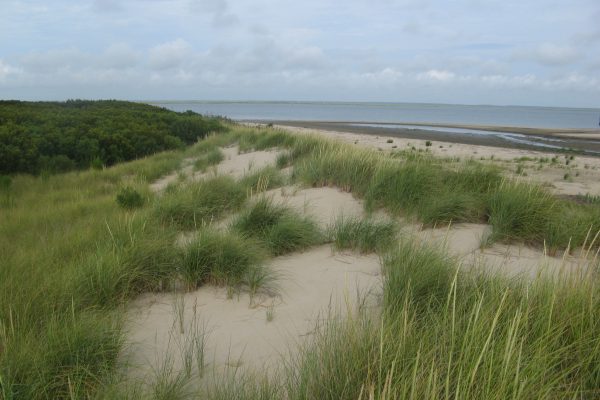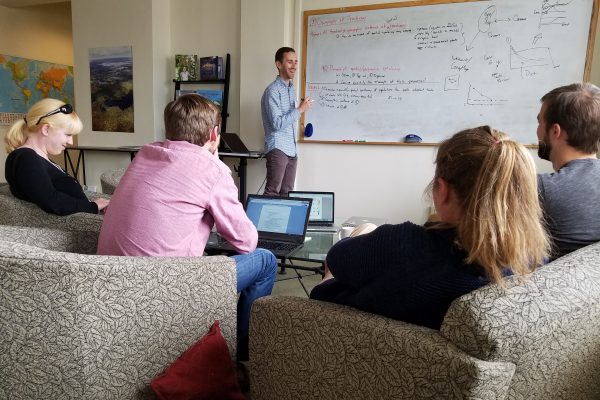2018 Ocean Science Meeting Presentations

The Ocean Sciences Meeting (OSM) has become an important venue for scientific exchange across a wide range of marine science disciplines, especially as human impacts on the oceans reach unprecedented levels. OSM, co-sponsored by the American Geophysical Union (AGU), the Association for the Sciences of Limnology and Oceanography (ASLO), and The Oceanography Society (TOS), will be held 11–16 February, in… Read more »

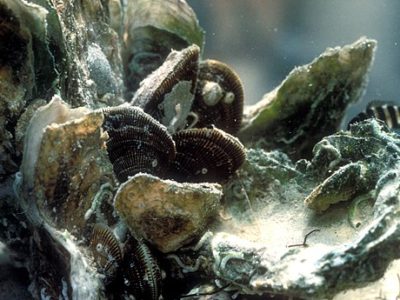

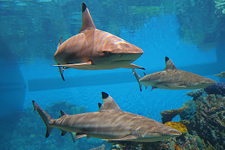
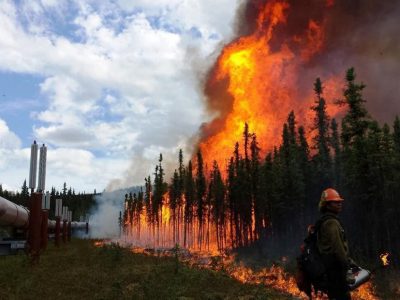
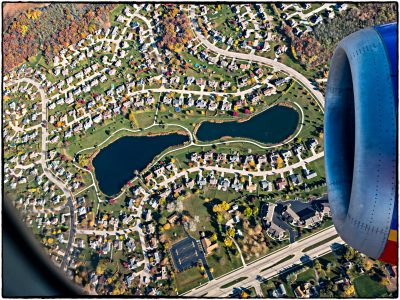
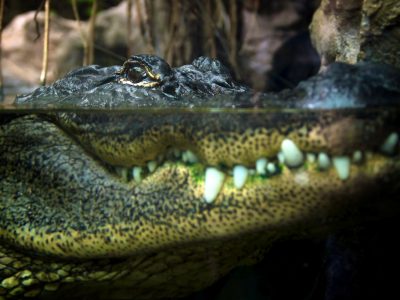
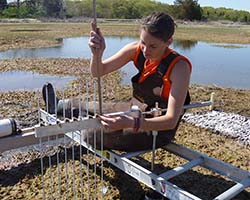
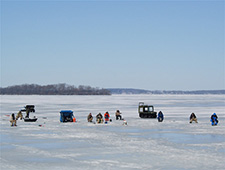
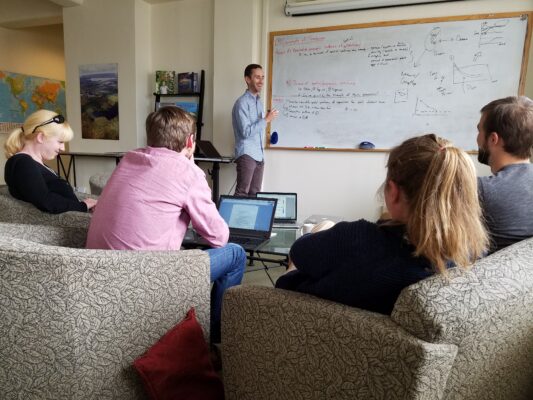

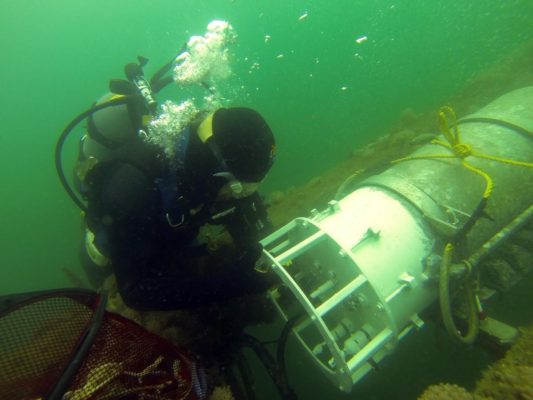
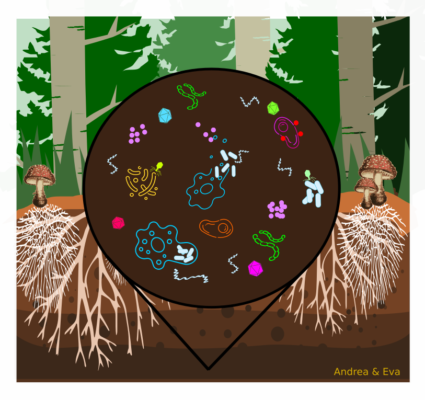
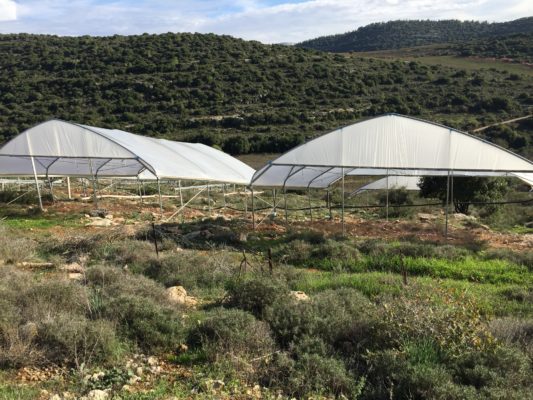 International Drought Experiment" data-envira-gallery-id="site_images_45358" data-envira-index="5" data-envira-item-id="82314" data-envira-src="https://lternet.edu/wp-content/uploads/2020/01/Matta_rainout-533x400.jpeg" data-envira-srcset="https://lternet.edu/wp-content/uploads/2020/01/Matta_rainout-533x400.jpeg 400w, https://lternet.edu/wp-content/uploads/2020/01/Matta_rainout-533x400.jpeg 2x" data-title="Matta_rainout" itemprop="thumbnailUrl" data-no-lazy="1" data-envirabox="site_images_45358" data-automatic-caption="Matta_rainout - Researchers use rainout shelters at the Matta International LTER site in Israel to simulate..." data-envira-height="225" data-envira-width="300" />
International Drought Experiment" data-envira-gallery-id="site_images_45358" data-envira-index="5" data-envira-item-id="82314" data-envira-src="https://lternet.edu/wp-content/uploads/2020/01/Matta_rainout-533x400.jpeg" data-envira-srcset="https://lternet.edu/wp-content/uploads/2020/01/Matta_rainout-533x400.jpeg 400w, https://lternet.edu/wp-content/uploads/2020/01/Matta_rainout-533x400.jpeg 2x" data-title="Matta_rainout" itemprop="thumbnailUrl" data-no-lazy="1" data-envirabox="site_images_45358" data-automatic-caption="Matta_rainout - Researchers use rainout shelters at the Matta International LTER site in Israel to simulate..." data-envira-height="225" data-envira-width="300" />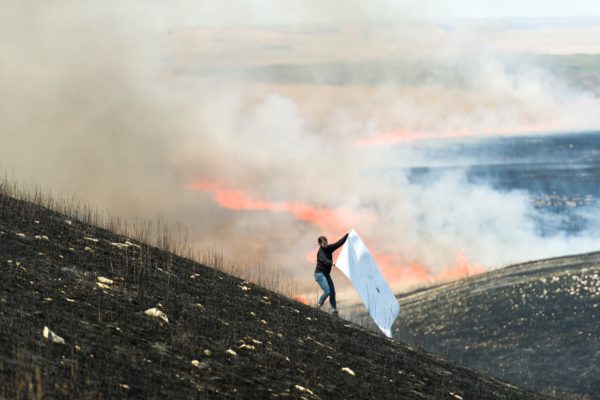
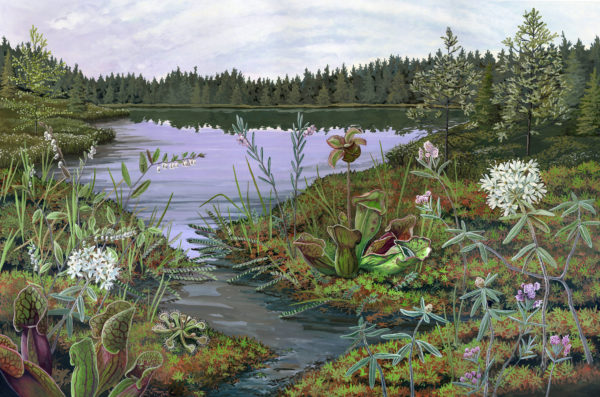

 E Zambello/LTER-NCO
E Zambello/LTER-NCO 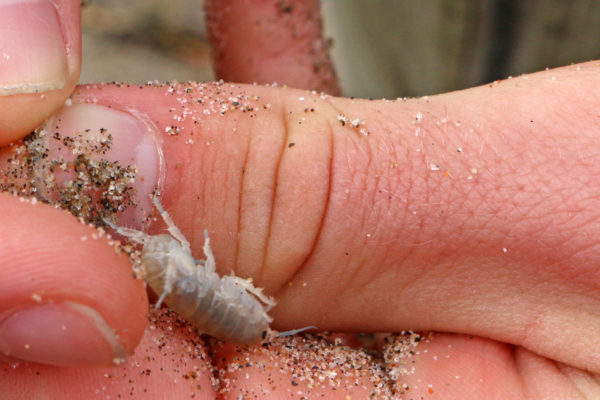 E Zambello/LTER-NCO
E Zambello/LTER-NCO 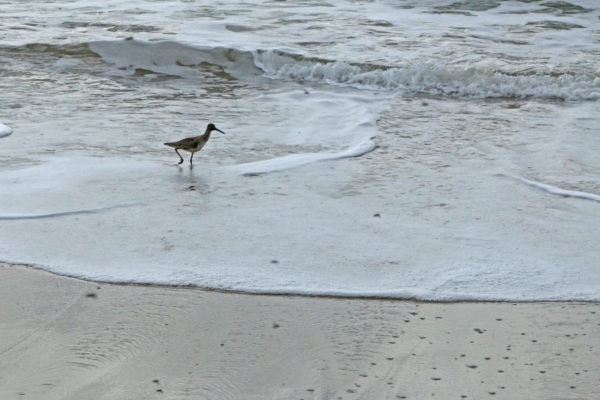 E Zambello/LTER-NCO
E Zambello/LTER-NCO 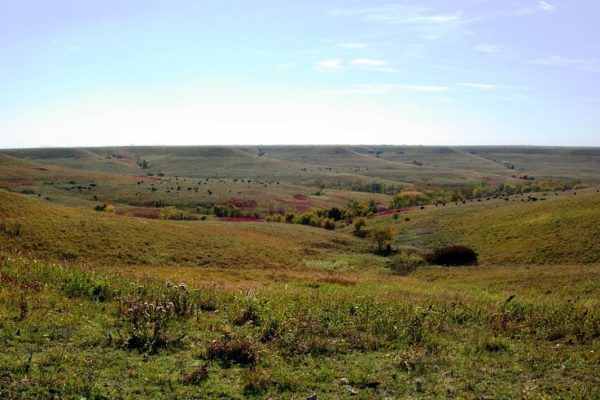

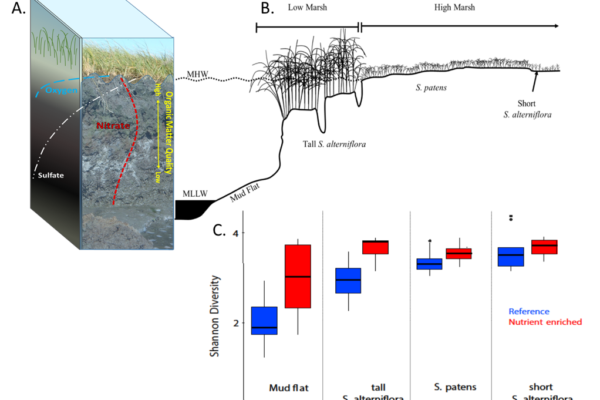
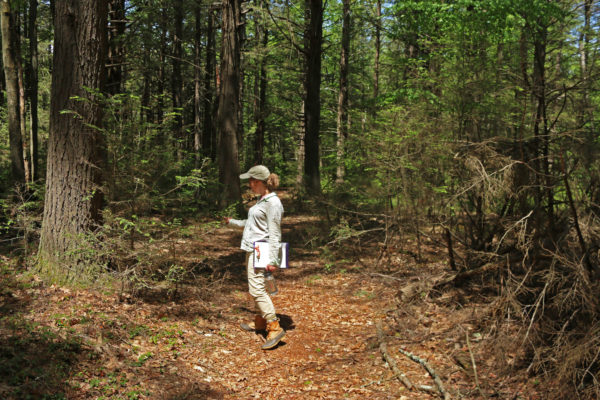
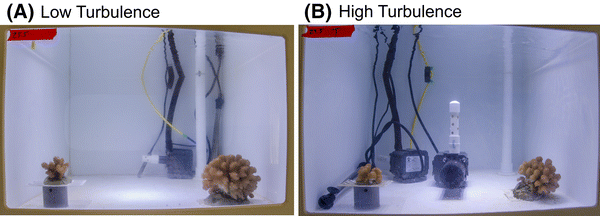
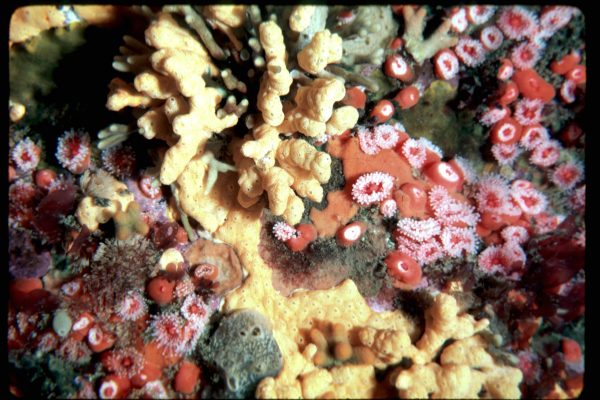
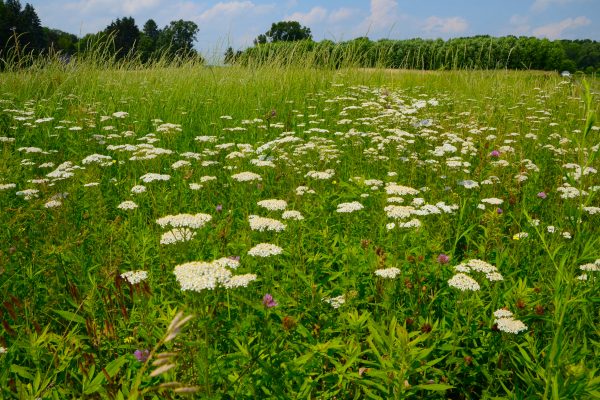
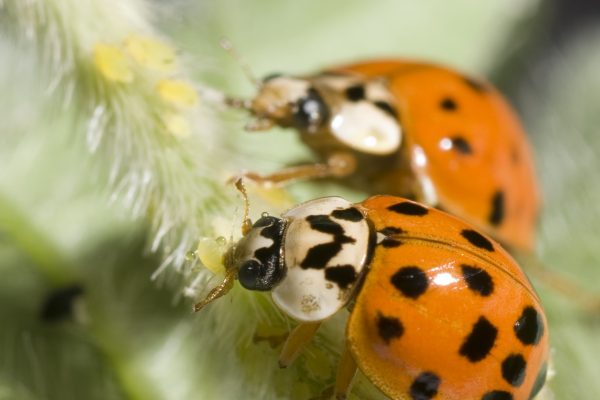
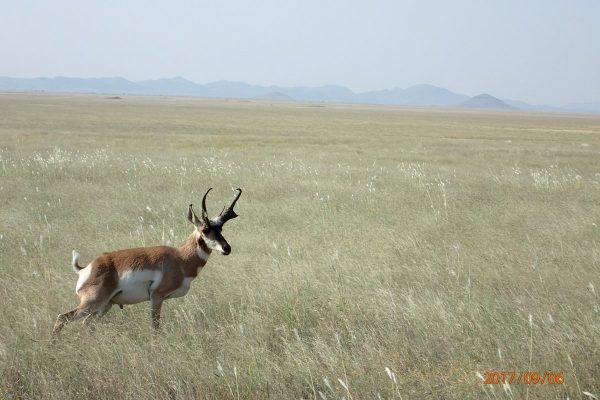
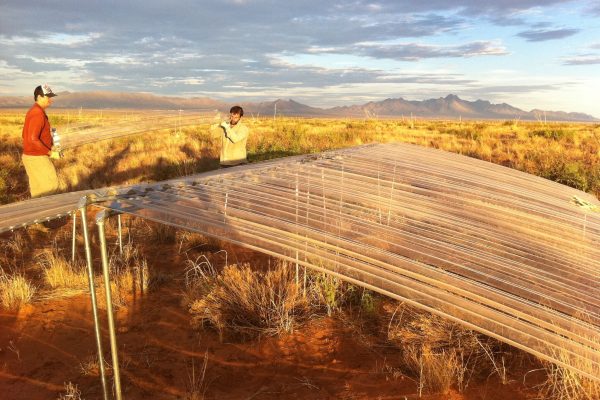
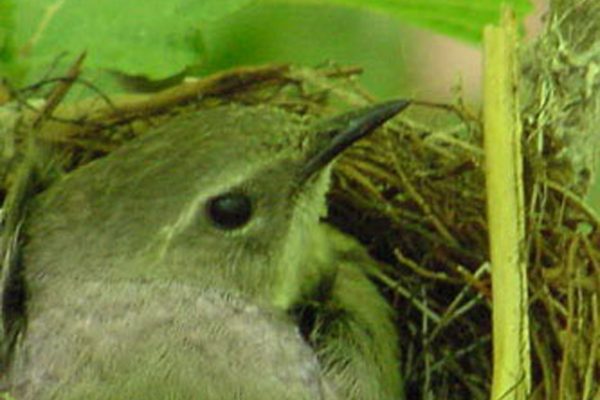
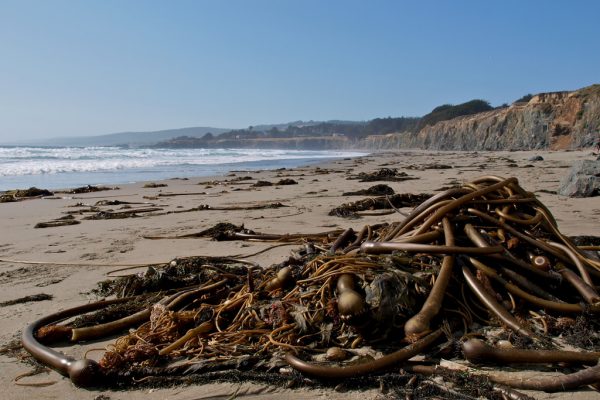 Ingrid Taylar.
Ingrid Taylar. 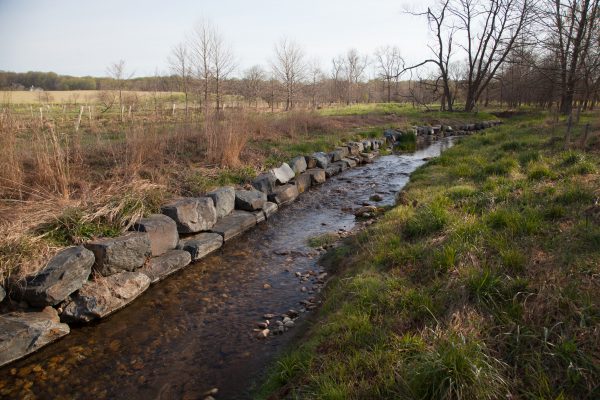 Chesapeake Bay Program. CC BY-NC 2.0." data-envira-gallery-id="site_images_45358" data-envira-index="24" data-envira-item-id="46942" data-envira-src="https://lternet.edu/wp-content/uploads/2017/11/30914015212_906755c25b_k-600x400.jpg" data-envira-srcset="https://lternet.edu/wp-content/uploads/2017/11/30914015212_906755c25b_k-600x400.jpg 400w, https://lternet.edu/wp-content/uploads/2017/11/30914015212_906755c25b_k-600x400.jpg 2x" data-title="30914015212_906755c25b_k" itemprop="thumbnailUrl" data-no-lazy="1" data-envirabox="site_images_45358" data-automatic-caption="30914015212_906755c25b_k - Forest buffer in Baltimore County, MD. Chesapeake Bay Program. CC BY-NC 2.0." data-envira-height="200" data-envira-width="300" />
Chesapeake Bay Program. CC BY-NC 2.0." data-envira-gallery-id="site_images_45358" data-envira-index="24" data-envira-item-id="46942" data-envira-src="https://lternet.edu/wp-content/uploads/2017/11/30914015212_906755c25b_k-600x400.jpg" data-envira-srcset="https://lternet.edu/wp-content/uploads/2017/11/30914015212_906755c25b_k-600x400.jpg 400w, https://lternet.edu/wp-content/uploads/2017/11/30914015212_906755c25b_k-600x400.jpg 2x" data-title="30914015212_906755c25b_k" itemprop="thumbnailUrl" data-no-lazy="1" data-envirabox="site_images_45358" data-automatic-caption="30914015212_906755c25b_k - Forest buffer in Baltimore County, MD. Chesapeake Bay Program. CC BY-NC 2.0." data-envira-height="200" data-envira-width="300" />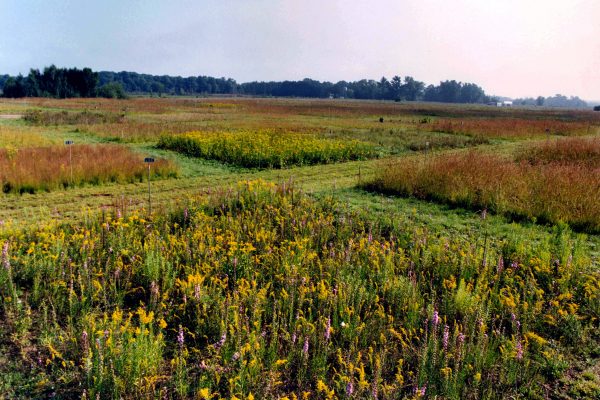
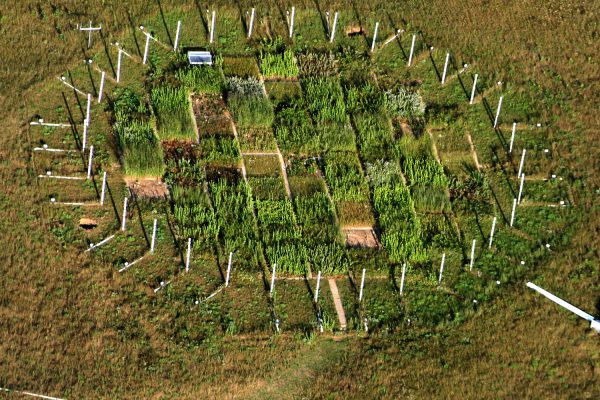
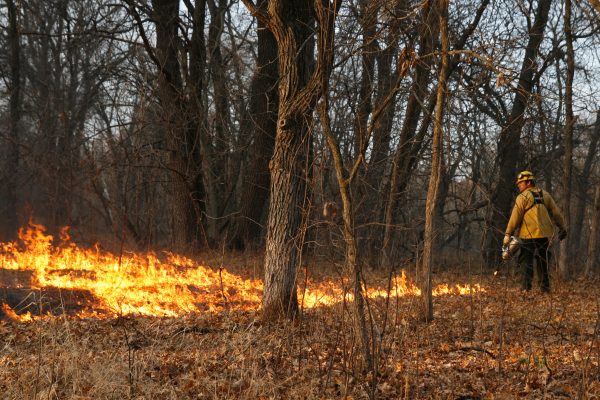
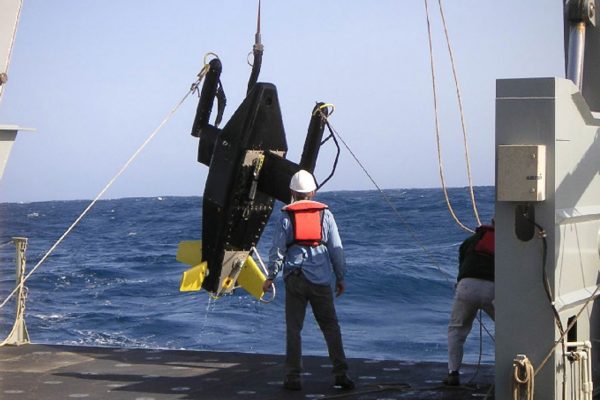

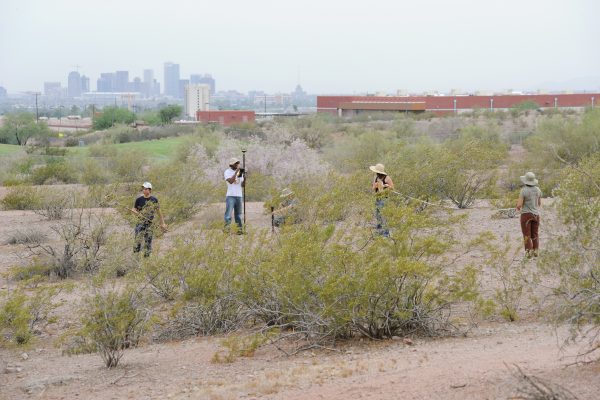
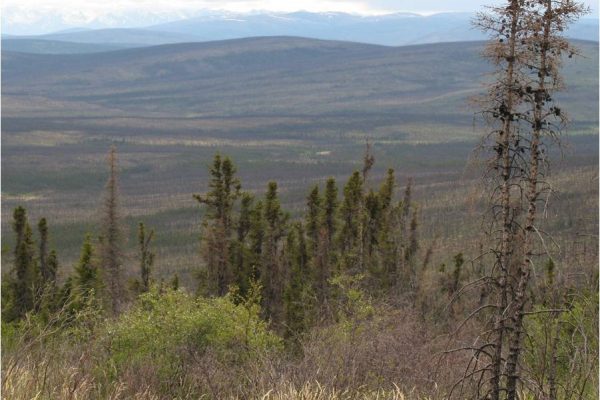
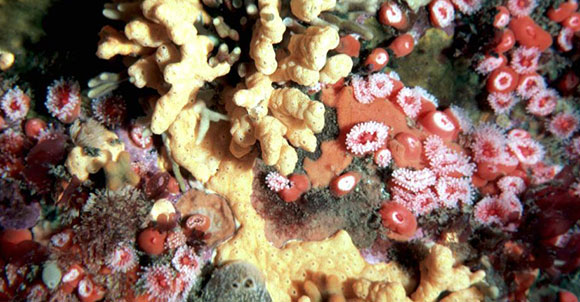
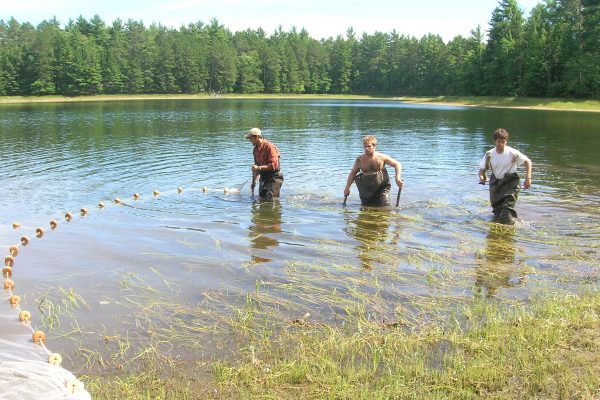
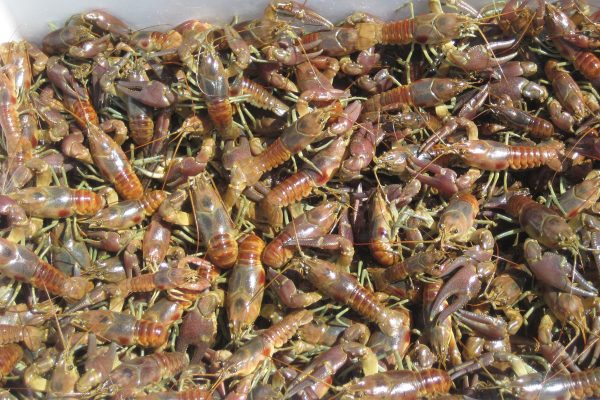
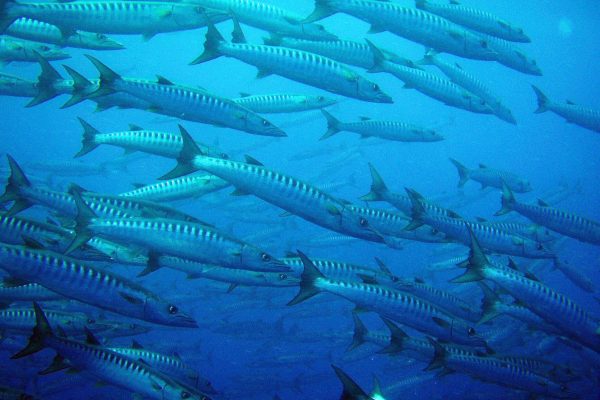
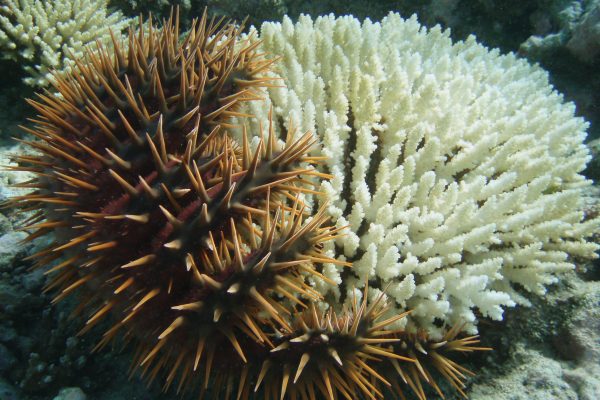 CC BY-SA 4.0" data-envira-gallery-id="site_images_45358" data-envira-index="36" data-envira-item-id="46180" data-envira-src="https://lternet.edu/wp-content/uploads/2017/11/P7193263-copy-600x400.jpg" data-envira-srcset="https://lternet.edu/wp-content/uploads/2017/11/P7193263-copy-600x400.jpg 400w, https://lternet.edu/wp-content/uploads/2017/11/P7193263-copy-600x400.jpg 2x" data-title="Crown-of-thorns Sea Star" itemprop="thumbnailUrl" data-no-lazy="1" data-envirabox="site_images_45358" data-automatic-caption="Crown-of-thorns Sea Star - A Crown_of-thorns seastar or COTS (Acanthaster planci) feeding on a coral colony. MCR LTER. CC..." data-envira-height="201" data-envira-width="300" />
CC BY-SA 4.0" data-envira-gallery-id="site_images_45358" data-envira-index="36" data-envira-item-id="46180" data-envira-src="https://lternet.edu/wp-content/uploads/2017/11/P7193263-copy-600x400.jpg" data-envira-srcset="https://lternet.edu/wp-content/uploads/2017/11/P7193263-copy-600x400.jpg 400w, https://lternet.edu/wp-content/uploads/2017/11/P7193263-copy-600x400.jpg 2x" data-title="Crown-of-thorns Sea Star" itemprop="thumbnailUrl" data-no-lazy="1" data-envirabox="site_images_45358" data-automatic-caption="Crown-of-thorns Sea Star - A Crown_of-thorns seastar or COTS (Acanthaster planci) feeding on a coral colony. MCR LTER. CC..." data-envira-height="201" data-envira-width="300" />